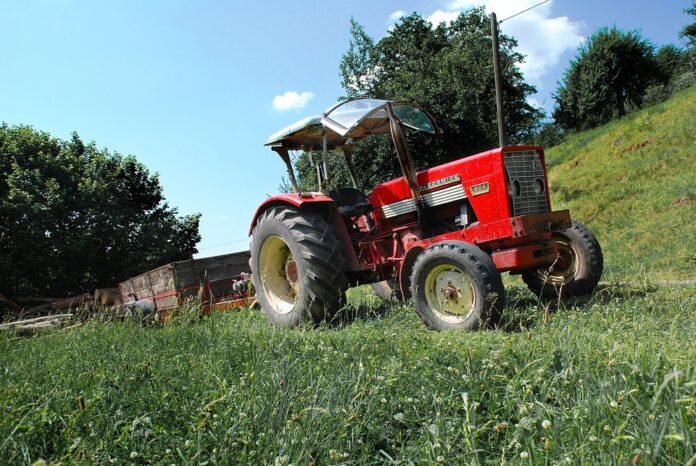Mechanical versus Manual Harvesting: Advantages and Limitations
Introduction
Harvesting is a crucial process in agriculture that involves the gathering of crops at the peak of their ripeness to ensure maximum yield and quality. Traditionally, harvesting was done manually by laborers using handheld tools. However, with advancements in technology, mechanical harvesting methods have become increasingly popular. In this report, we will compare the advantages and limitations of mechanical versus manual harvesting techniques.
Advantages of Mechanical Harvesting
Mechanical harvesting offers several advantages over manual harvesting, including increased efficiency and productivity. Machines can work faster and cover larger areas in a shorter amount of time compared to manual labor. This results in higher yields and lower labor costs for farmers. Additionally, mechanical harvesters are designed to be precise and gentle, minimizing damage to the crops and reducing post-harvest losses.
Furthermore, mechanical harvesting is less labor-intensive, reducing the physical strain on workers and the need for a large workforce. This is particularly beneficial in regions where labor shortages are common or labor costs are high. In terms of financial benefits, investing in mechanical harvesting equipment can lead to long-term cost savings and increased profitability for farmers.
Limitations of Mechanical Harvesting
Despite its advantages, mechanical harvesting also has its limitations. One major drawback is the high initial investment required to purchase and maintain harvesting machinery. The cost of machinery, fuel, maintenance, and repairs can be significant, especially for small-scale farmers or those operating on a tight budget. Additionally, mechanical harvesters may not be suitable for all types of crops or terrain, limiting their versatility.
Another limitation of mechanical harvesting is the potential for crop damage. While modern machines are designed to be gentle on crops, there is still a risk of bruising or crushing certain delicate fruits or vegetables. This can result in lower quality produce and reduced market value. Additionally, mechanical harvesters may not be able to discern between ripe and unripe fruits, leading to wastage and reduced overall yield.
Advantages of Manual Harvesting
Manual harvesting also offers several advantages that make it a preferred method in certain situations. One of the main benefits of manual harvesting is the ability to selectively pick crops based on ripeness, size, and quality. This level of precision is difficult to achieve with mechanical harvesters, especially for delicate or high-value crops. Manual laborers can also adapt to changing conditions in the field and make real-time decisions to ensure optimal harvest results.
Additionally, manual harvesting is more environmentally friendly compared to mechanical methods, as it does not rely on fossil fuels or produce harmful emissions. This can be a significant factor for environmentally conscious consumers and farmers looking to reduce their carbon footprint. Manual harvesting also provides employment opportunities for local communities, supporting rural economies and preserving traditional farming practices.
Limitations of Manual Harvesting
Despite its advantages, manual harvesting has its own set of limitations. The most obvious drawback is the labor-intensive nature of the process, which can be physically demanding and time-consuming. This can lead to higher labor costs for farmers, especially in regions where wages are high or labor shortages are common. Additionally, manual harvesting is subject to human error, resulting in inconsistent quality and yield.
Furthermore, manual harvesting may not be feasible for large-scale operations or crops that require quick and efficient harvesting, such as grains or fruits with short shelf lives. The lack of mechanization can also limit the scalability of manual harvesting, making it impractical for farmers looking to increase production or expand their operations. Overall, manual harvesting may not be the most cost-effective or efficient method for all types of crops or farming systems.
Conclusion
In conclusion, both mechanical and manual harvesting methods have their own advantages and limitations. The choice between the two depends on various factors, including the type of crop, farm size, labor availability, budget, and environmental considerations. While mechanical harvesting offers increased efficiency and productivity, manual harvesting provides precision, flexibility, and sustainability. Ultimately, farmers need to evaluate their specific needs and resources to determine the most suitable harvesting method for their operation.




